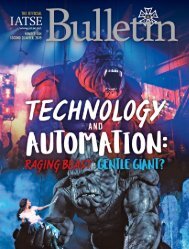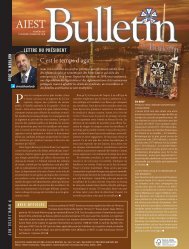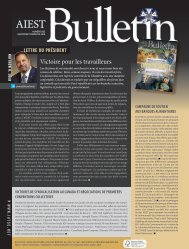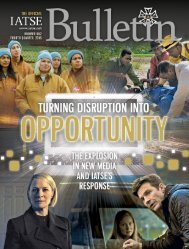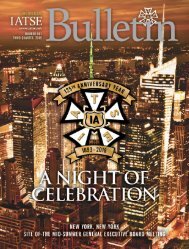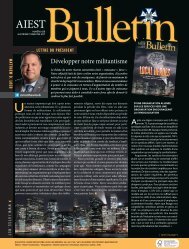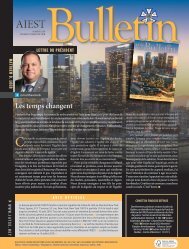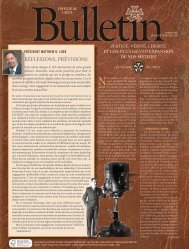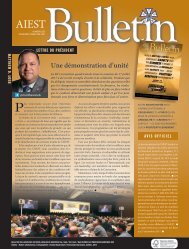IATSE-2nd2018_web
Create successful ePaper yourself
Turn your PDF publications into a flip-book with our unique Google optimized e-Paper software.
that wouldn’t last and certainly wouldn’t replace movies or the<br />
theater. But for other members, especially New York stagehands,<br />
television meant more regular work, especially in the days of<br />
live telecasts when theatrical workers were called in to build and<br />
change sets, operate lights and do everything they did in the theater,<br />
only on a smaller scale.<br />
The crossover between theater and live television was a natural<br />
for many of these <strong>IATSE</strong> members. The movie studios were<br />
fascinated by the possibilities of television as well. Movie companies<br />
such as Paramount either owned or had financial interests<br />
in some of the early television companies.<br />
From its earliest days, profits and technology drove the development<br />
of television and the Alliance was vital to both. It took<br />
<strong>IATSE</strong> members to implement — and in many cases, to create<br />
— the technological advances that gave television the constant<br />
interest and stimulation that viewers required. As with theater<br />
producers and movie studios, the networks would focus on profits,<br />
and they knew that retaining and winning new viewers was<br />
essential. They also began to understand the power of television<br />
to touch people, to influence events, and to entertain. The power<br />
of the dramatic story, centered on human events, became the<br />
mainstay of TV in the early years.<br />
Alliance members met the early challenges of television<br />
with ingenuity and enthusiasm. It also became apparent early<br />
on that the techniques for movie-making or the legitimate<br />
stage would not necessarily work for television. For example,<br />
close ups — as opposed to long, wide shots — became key<br />
ingredients of a TV play, and the lighting technicians, camerapeople<br />
and other skilled personnel who could execute these<br />
tight shots live, with only one chance to get it right, were in<br />
great demand.<br />
Other studios were experimenting with theatrical television<br />
systems. Alliance projectionists were the logical technicians<br />
to operate this equipment. In 1949, there were television<br />
39




